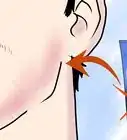This article was co-authored by Alicia Ramos. Alicia Ramos is a licensed aesthetician and the owner of Smoothe Denver in Denver, Colorado. She received her license at the School of Botanical & Medical Aesthetics, with training in lashes, dermaplaning, waxing, microdermabrasion, and chemical peels, and now provides skin care solutions to hundreds of clients.
There are 18 references cited in this article, which can be found at the bottom of the page.
This article has been viewed 78,647 times.
Shaving can be really hard on your sensitive skin. It's no fun getting bumps or razor burn every time you shave. Luckily, there are many things you can do to minimize your chances of having irritated skin. Preparation and the right products can keep your skin soft and smooth.
Steps
Prepping Your Skin
-
1Wet your skin and hair. It's important to soften the hair before you shave. [1] Hair is much easier to cut if it is nice and soft. Allow the area you shave to be wet for at least two to three minutes before you start because shaving dry skin can be very irritating.[2]
- Shaving after or during your bath or shower is a great way to ensure that your skin is soft.[3]
-
2Apply shaving cream. Look for a shaving cream that is formulated for sensitive and/or dry skin. Avoid creams that contain alcohol, menthol, and peppermint as these ingredients can irritate your skin. If your skin is especially sensitive, consider shaving products that are fragrance free.[4]Advertisement
-
3Exfoliate regularly. Exfoliating your skin removes dead skin cells[7] and dry skin. These dead skin cells can trap the hairs on your skin and cause red bumps and ingrown hairs.[8] Those with sensitive skin should limit exfoliating to once or twice a week.[9] You do not want your skin to be irritated before you shave.
- Exfoliate the night before you shave instead of right before or the day you shave.
-
4Allow your hair to grow. If you are able to, allow your hair to grow a little longer in between shaves. Instead of shaving everyday, try shaving every other day or every couple of days.[10] Shaving less often will decrease your chances of getting razor burn or ingrown hairs. On the days that you do not shave, it is important that you keep your skin moisturized and soft.
Shaving with Care
-
1Choose a razor. If using a disposable razor, choose four or five blade razors instead of single blade razors. Single blade razors will drag against your skin more. If you shave with a reusable razor, change your blade after 5 to 10 shaves. Dull and/or old blades are more likely to cause bumps, redness, and contain bacteria.[11]
- If you are prone to ingrown hairs, try an electric razor or clippers. Hold the razor or clipper slightly away from your skin when you shave.[12]
- If you are using a disposable razor, you should replace it after it has been used for 5 to 7 shaves. This will keep your skin from getting irritated.[13]
- Look for razors with moisturizing strips that contain Acai or Jojoba oil.
- Only safety razors should be used to shave pubic hair.[14]
-
2Shave with the grain. Shave your hair in the same direction that your hair grows.[15] Although you will get a closer shave by shaving against the grain, you will increase your chances of irritating your skin.[16] If you want a closer shave, you can shave against the grain once you have gone over your skin by shaving with the grain. Your skin may be able to tolerate it if you do it this way.
-
3Take your time. Be gentle and shave slowly. You are more likely to cut yourself if you are rushing. The razor should be doing the work. You should not have to press the razor down too hard.[21] If you feel like your razor is not working or you have to go over your skin repeatedly, it's probably time to get a new razor or change the blade.
-
4Rinse your skin. Once you are finished shaving, thoroughly rinse your skin with water and pat your skin dry. Make sure all of the shaving cream is gone. If you notice any rough spots or areas with hair remain, you can reapply the shaving cream and shave the area again. However, multiple strokes increases your chance of irritation.[22]
-
5Moisturize your skin after shaving. Apply lotion or an after-shave balm to your skin once you are finished. Avoid products that contain alcohol or any fragrance as these products can dry out and irritate your skin.[23] [24] Look for products that are moisturizing and are formulated for dry and/or sensitive skin. This step is critical because shaving dries out your skin.
- Aloe vera is soothing to sensitive skin and can be applied after you get done shaving.[25]
-
6Treat any skin irritation. If you experience ingrown hairs, razor burn, bumps, and/or cuts after you shave, you must take care of your skin to prevent further irritation. A warm compress can be applied to bumps and ingrown hairs. For ingrown hairs, a sterile needle can be inserted under hair loops to lift the hairs as well.[26] If your skin is consistently irritated after shaving, take a look at the products and razors that you are using.
- 1% hydrocortisone cream can be used for itchy skin. Apply the cream two or three ties a day.
- To treat razor burn, look for products that contain Wheat Germ, Yeast Extract, Vitamin E, Soybean Oil, Shea Butter, Jojoba Seed Oil, Evening Primrose Oil, and Silicones.
- Wait until your skin has healed before shaving again. If your skin does not get any better, you should see a health care professional.
Shaving Your Facial Hair
-
1Determine the grain of the hair. It is easiest to feel the grain if you haven't shaved for a couple of days. Run your fingers along your face. The direction that feels the smoothest and easiest when you rub is the direction you should shave. Every face is different, take the time to find out how your hair grows.[27]
- Your blade should travel the direction with the least amount of resistance.
- Moustache and chin hair typically grow downwards.
- Neck hair typically grows upwards.
- The grain may change around your jawline as well.
-
2Use a pre-shave lotion. If you feel the need, use a pre-shaving medium before you apply your shaving cream. A pre-shave lotion will soften your hair and protect your skin. Pre-shaving and shaving products for men should contain ingredients such as Camphor, Clove Flower Oil, Glycerin and Sodium Hyaluronate, Wheat Germ Extract, or Yeast Extract. This step can really make a difference in how your skin feels after you shave.
- If you are shaving the same area twice, you will need to re-apply your pre-shave and shaving cream again.
-
3Use a brush. Apply your shaving cream with your hands and then use a brush to lather the cream. The brush will lift your facial hair and allow the cream to better coat your hair.[28] Badger brushes are best for shaving. These brushes hold more heat and water than other materials. [29]
- Use circular motions to lather your face and neck.
-
4Use sharp blades only. A sharp blade will cut your hair more effectively. Dull blades will tug at your hair and require you to put more pressure on your skin to get a close shave. This can cause your skin to become irritated In addition to using sharp blades, use razors with one or two blades.[30]
-
5Use hypoallergenic products. Look for pre-shave, shaving cream, and after shave products that are hypoallergenic and do not have fragrance. If you typically develop razor bumps after you shave, use products that contain glycolic or salicyclic acid. These ingredients will unclog your pores.[33]
Expert Q&A
-
QuestionCan you shave and exfoliate on the same day?
 Alicia RamosAlicia Ramos is a licensed aesthetician and the owner of Smoothe Denver in Denver, Colorado. She received her license at the School of Botanical & Medical Aesthetics, with training in lashes, dermaplaning, waxing, microdermabrasion, and chemical peels, and now provides skin care solutions to hundreds of clients.
Alicia RamosAlicia Ramos is a licensed aesthetician and the owner of Smoothe Denver in Denver, Colorado. She received her license at the School of Botanical & Medical Aesthetics, with training in lashes, dermaplaning, waxing, microdermabrasion, and chemical peels, and now provides skin care solutions to hundreds of clients.
Skincare Professional Yes! It's a good idea to always exfoliate before you shave, even if you're just using a homemade sugar scrub. That will help remove the dead skin so it doesn't cover your open pores. Clogged pores can lead to folliculitis.
Yes! It's a good idea to always exfoliate before you shave, even if you're just using a homemade sugar scrub. That will help remove the dead skin so it doesn't cover your open pores. Clogged pores can lead to folliculitis. -
QuestionWhat's the best way to get rid of facial hair on women?
 Community AnswerUse an electric razor or a trimmer for women. Do not use a straight razor on your face; this will give you razor bumps, ingrown hair and darker stubble.
Community AnswerUse an electric razor or a trimmer for women. Do not use a straight razor on your face; this will give you razor bumps, ingrown hair and darker stubble. -
QuestionHow do I make my public region and underarm skin blend with my skin type?
 Community AnswerYou can try lightening that skin using several methods you can find online, but these areas are naturally darker and don't need to be lightened. That's just how our bodies look.
Community AnswerYou can try lightening that skin using several methods you can find online, but these areas are naturally darker and don't need to be lightened. That's just how our bodies look.
References
- ↑ https://www.aad.org/public/skin-hair-nails/skin-care/how-to-shave
- ↑ http://www.paulaschoice.com/expert-advice/body-care/_/perfect-shave-art
- ↑ https://www.aad.org/public/skin-hair-nails/skin-care/how-to-shave
- ↑ https://www.aad.org/public/skin-hair-nails/skin-care/how-to-shave
- ↑ http://www.mayoclinic.org/diseases-conditions/ingrown-hair/basics/prevention/con-20034717
- ↑ http://www.goodhousekeeping.com/beauty/anti-aging/tips/a20754/mistakes-shaving-your-legs/
- ↑ https://www.aad.org/media/news-releases/evaluate-before-you-exfoliate
- ↑ http://www.goodhousekeeping.com/beti-aging/tips/a20754/mistakes-shaving-your-legs/
- ↑ https://www.aad.org/media/news-releases/evaluate-before-you-exfoliate
- ↑ http://www.sciencedaily.com/releases/2015/01/150128170057.htm
- ↑ http://www.goodhousekeeping.com/beauty/anti-aging/tips/a20754/mistakes-shaving-your-legs/
- ↑ http://www.mayoclinic.org/diseases-conditions/ingrown-hair/basics/prevention/con-20034717
- ↑ https://www.aad.org/public/skin-hair-nails/skin-care/how-to-shave
- ↑ http://www.pamf.org/teen/health/skin/pubichairremoval.html
- ↑ https://www.aad.org/public/skin-hair-nails/skin-care/how-to-shave
- ↑ http://www.goodhousekeeping.com/beauty/anti-aging/tips/a20754/mistakes-shaving-your-legs/
- ↑ http://www.mayoclinic.org/diseases-conditions/ingrown-hair/basics/prevention/con-20034717
- ↑ https://www.aad.org/public/skin-hair-nails/skin-care/how-to-shave
- ↑ http://www.mayoclinic.org/diseases-conditions/ingrown-hair/in-depth/health-tip/art-20049081
- ↑ http://www.mayoclinic.org/diseases-conditions/ingrown-hair/basics/prevention/con-20034717
- ↑ http://teens.webmd.com/girls/shaving-tips-girls?page=2
- ↑ http://www.ftmguide.org/shaving.html#wetshaving
- ↑ http://www.huffingtonpost.com/2013/09/13/the-perfect-shave_n_3913525.html
- ↑ http://www.redbookmag.com/beauty/makeup-skincare/advice/g529/shaving-tips-for-women/
- ↑ http://www.pamf.org/teen/health/skin/pubichairremoval.html
- ↑ http://www.mayoclinic.org/diseases-conditions/ingrown-hair/basics/lifestyle-home-remedies/con-20034717
- ↑ https://getbevel.com/get-advice/all/how-do-i-find-the-grain-when-shaving
- ↑ http://www.webmd.com/men/features/mens-shaving-tips
- ↑ http://sharpologist.com/2015/06/best-shaving-brush.html
- ↑ http://www.huffingtonpost.com/2013/09/13/the-perfect-shave_n_3913525.html
- ↑ https://www.aad.org/public/skin-hair-nails/skin-care/how-to-shave
- ↑ http://youngmenshealthsite.org/guides/shaving/
- ↑ http://youngmenshealthsite.org/guides/shaving/

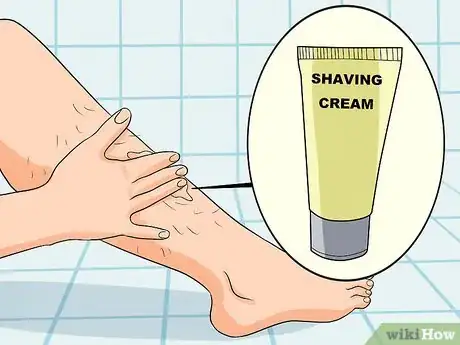
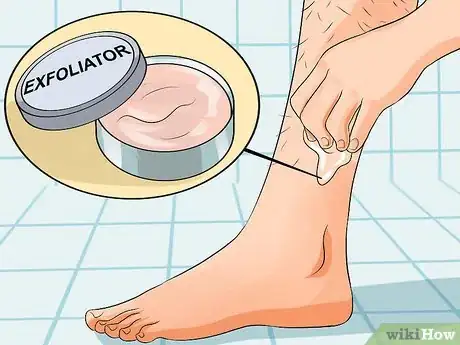




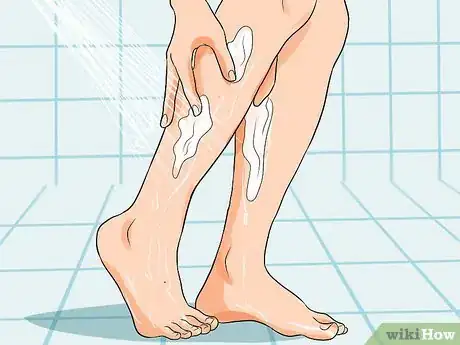

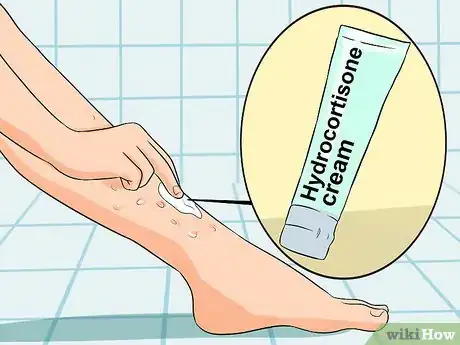





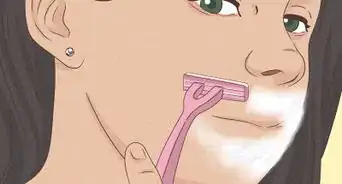
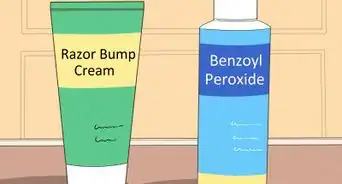
-Step-14.webp)
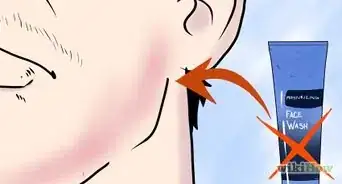

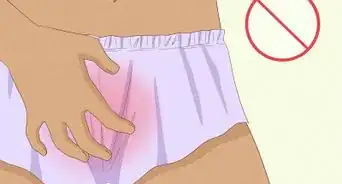
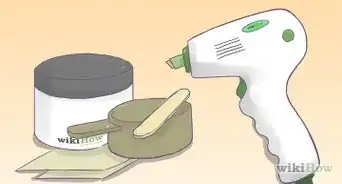
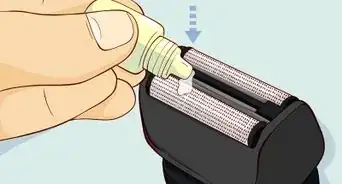

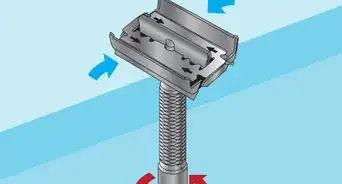
-Step-10-Version-2.webp)

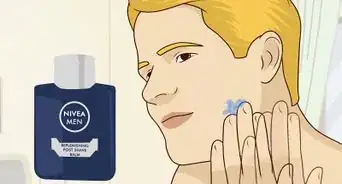







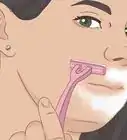
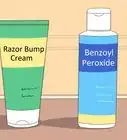
-Step-14.webp)
